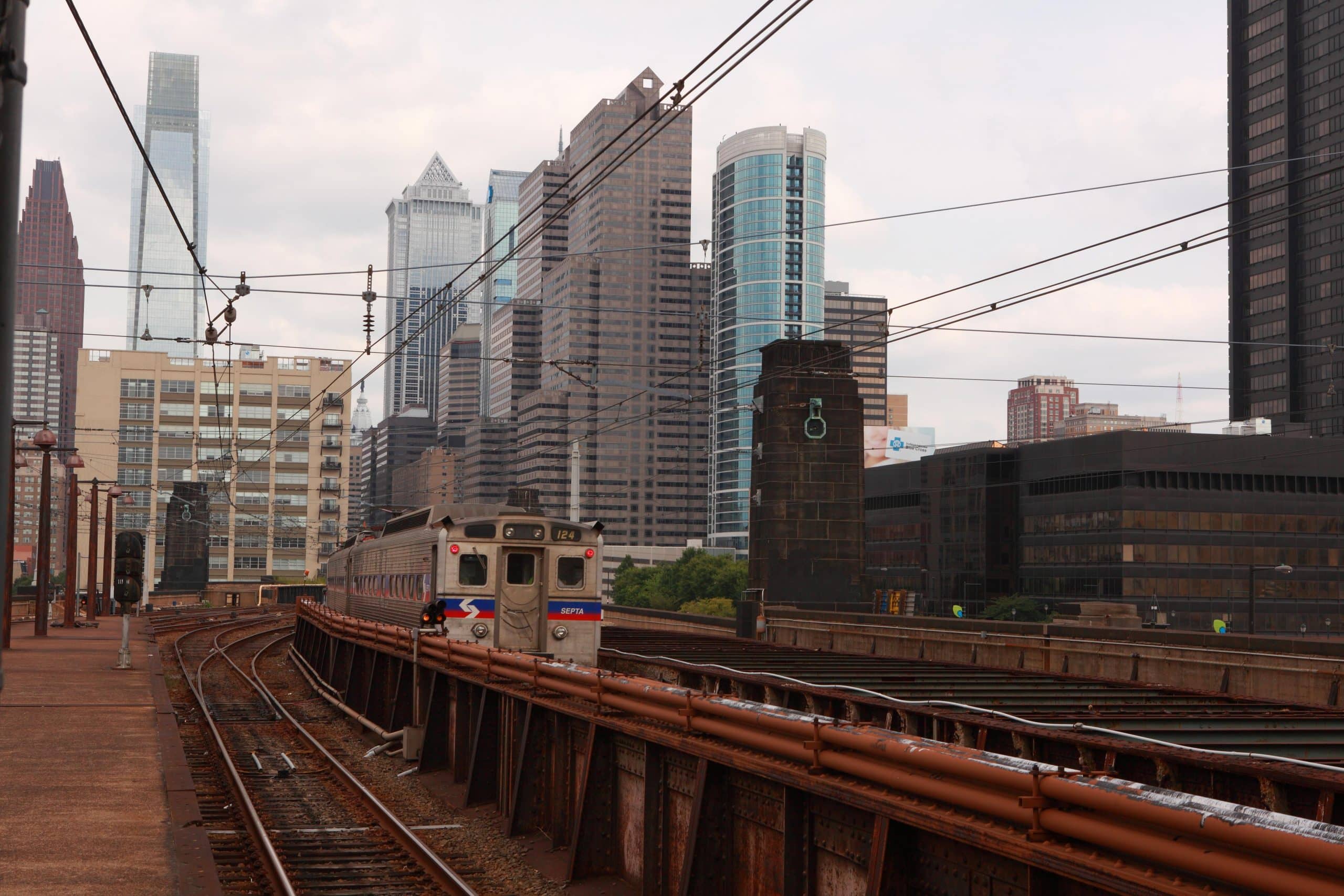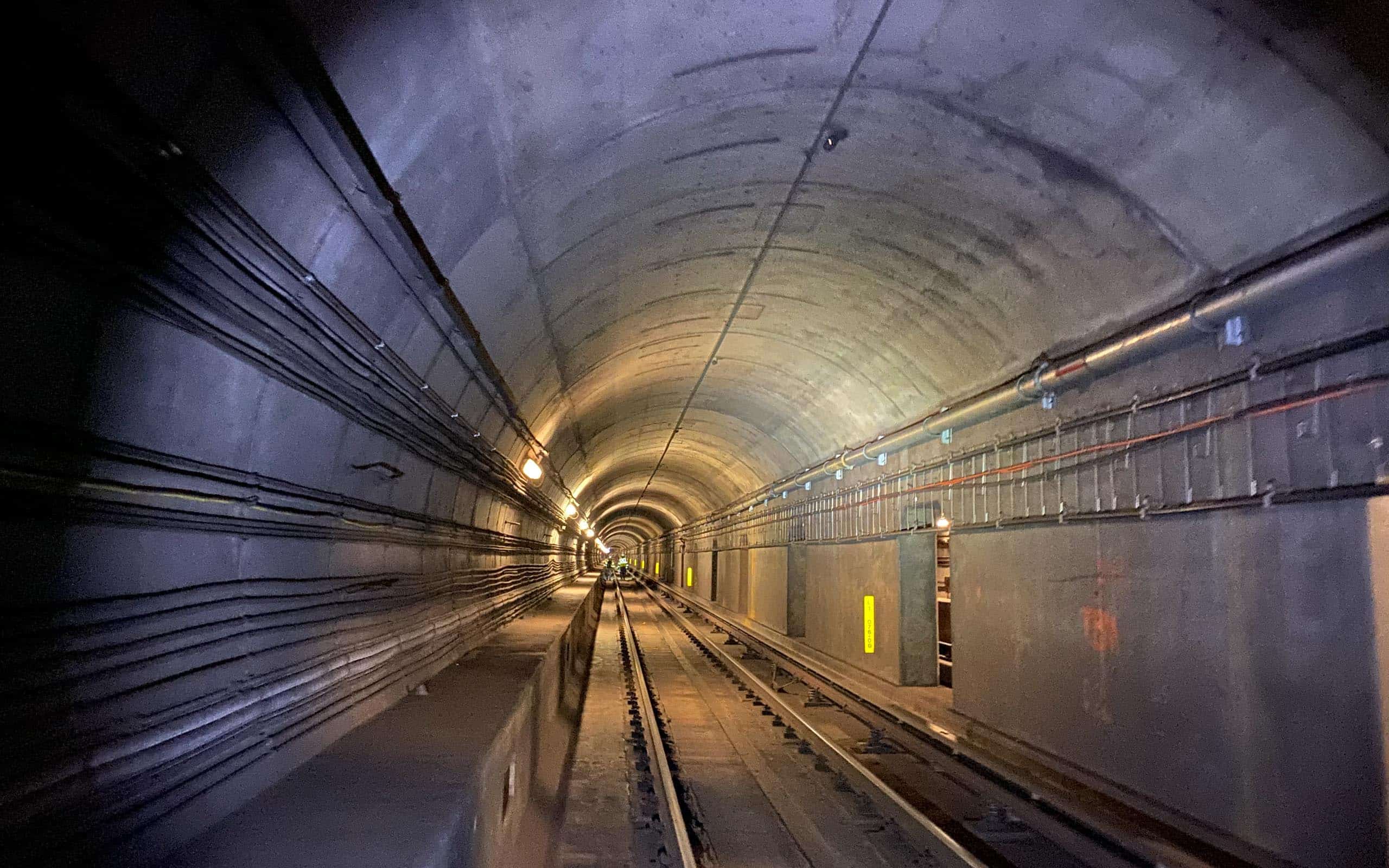Massachusetts Bay Transportation Authority, Commuter Rail Safety and Resilience Program
Burns consulted MBTA on design and installation of Positive Train Control (PTC) — implementing Advanced Civil Speed Enforcement System (ACSES) and Automatic Train Control (ATC) technologies as well as signals, crossings, communications, power and interoperability systems — across the authority’s Commuter Rail Lines, achieving compliance with federal safety standards.
MBTA is one of the country’s oldest and largest public transit systems. The MBTA’s 14 commuter rail lines serve, on average, 90,000 weekday passengers throughout the Greater Boston region and Rhode Island.
In 2008, the Rail Safety Improvement Act required PTC implementation. MBTA has since designated PTC as its top priority capital program.
Supporting Hitachi Rail on a systems integration contract, Burns guided MBTA with consulting engineering services to ensure full compliance with Federal Railroad Administration (FRA) safety mandates across Commuter Rail’s 394 route miles. Burns facilitated implementation of various ACSES technologies and wayside infrastructure improvements.
Burns led design efforts for:
- ACSES PTC Wayside Interface Unit (WIU) software — Microlok WIU configurations instruct approaching trains with route information for safe travel through interlockings
- ACSES PTC transponder layouts — applications inform trains about details on current location, civil speed information, wayside radio identification
- ACSES PTC back-office configuration — landmark data files identify selectable locations on MBTA lines for dispatchers to apply temporary speed restrictions
- ACSES PTC interoperability — transponder and WIU applications interface with adjacent Amtrak and CSX railroads, complying with federal interoperability requirements
- ATC cab signals — hardware and software components enable signal speed enforcement, safe train separation, protection from broken rail
- Wayside signals — interlocking system ensures safe passage of trains between tracks through system-wide signal standardization, using clear block aspect signal heads
- Highway-rail grade crossings — system-wide hardware and software components enable safe passage of train and vehicle traffic. Constant Warning Time (CWT) system allows for consistent train warning times, ATC integration
To support the new signal and controls systems, Burns led design of additional infrastructure improvements:
- Wireless communications and other communications infrastructure, such as the onboard ACSES Mobile Communications Package (MCP) system and PTC radio locations
- Point-to-point wireless network links for fiber optic cable extensions and redundant wireless failover paths
- Electrical distribution and grounding systems for wayside signal houses and equipment
The project improves safety for MBTA passengers, staff, and the traveling public. Additional benefits include:
- New ATC systems enable closer train headway on select routes, potentially shortening travel times. Burns redesigned MBTA’s automatic block layout, integrating safety improvements without requiring that operators reduce train speeds.
- CWT systems reduce wait times when vehicles are stopped at a highway-rail grade crossing. Burns programmed the systems to track approaching trains’ speed and distance, enabling better predictions for when to initiate crossing signals.
- ATC technology eliminates the need for legacy wayside signal systems, reducing MBTA costs to maintain State of Good Repair and, potentially, avoiding travel delays caused by wayside signal failures.
- Power supply designs enhance resilience of critical wayside signaling infrastructure, feeding power from multiple sources.
The new ACSES improvements and ATC cab signals will provide full PTC functionality, enhancing the safety and operational efficiency for MBTA’s Commuter Rail. Improvements are scheduled to complete in 2024.
Location
Boston, MA
Client
Massachusetts Bay Transportation Authority
Industry
Learn more about Burns' train signals, controls + communications services
Train Signals, Controls + Communications





